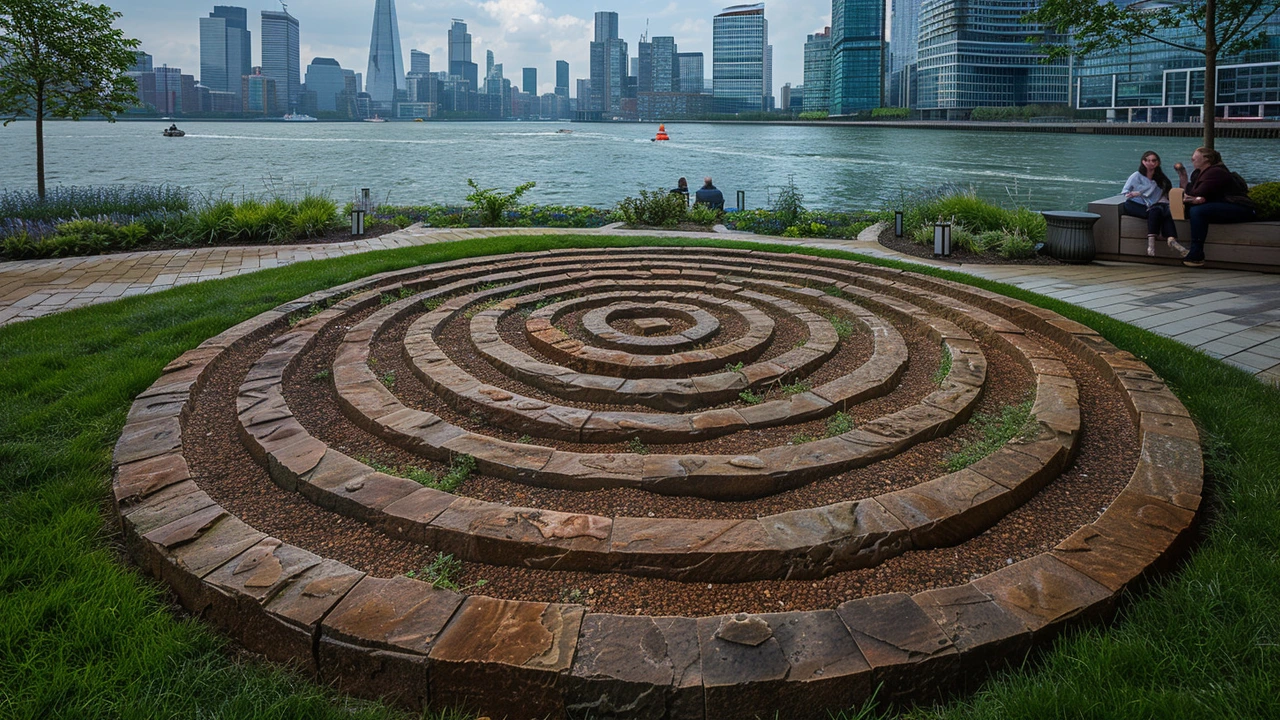Environmental Sculpture: Practical Guide for Artists & Planners
Environmental sculpture puts art into real outdoor places. It’s not just about a pretty object — it’s about how the work interacts with soil, weather, water, people, and wildlife. If you’re planning one, start with clear, practical steps so the piece looks great and lasts through seasons and use.
Site, concept, and basics you can act on
Walk the site at different times of day and after rain. Note sun, shade, where people walk, where water pools, and where plants thrive or struggle. Sketch the sightlines — where viewers will stand, sit, or pass by. Those simple notes shape scale, height, textures, and how you anchor the work.
Match the concept to the place. A living sculpture that supports pollinators fits a meadow or roadside verge; a heavy metal piece suits a paved plaza. Think about audience: is this in a quiet park for reflection or a busy city corner needing clear sightlines and safety?
Budget from the start for site work. Costs for foundations, drainage, permits, and insurance often match or exceed fabrication. Get a rough cost for each of those before you finalize materials.
Materials, installation, permits, and maintenance
Pick materials for the climate. For wet climates choose stainless steel, bronze, or sealed stone. In sun-exposed spots, UV-stable plastics and treated hardwood work well. Corten steel gives a natural rust look but needs clearance from plants and pathways to avoid staining. Use marine-grade fasteners and weatherproof coatings for long life.
Anchor and drainage matter. A heavy base with proper ground anchors prevents tipping and theft. Add drains or gravel beds under permeable pieces to stop water logging. If the sculpture holds soil or plants, use root barriers and consider irrigation and overflow paths.
Check local rules early. Municipal permits, heritage reviews, and utility-locate services are common requirements. Ask the city about weight limits on lawns, nighttime lighting rules, and accessibility standards. Missing one permit can delay installation for months.
Engage the community. A short meeting with neighbors or park managers can surface practical concerns — bikes, sightlines for drivers, or seasonal events. Community input can also cut vandalism and raise stewardship for long-term care.
Plan maintenance like you would for a small building. Create a one-page care sheet: cleaning schedule, who inspects anchors, and a contact for emergency repairs. Budget for re-coating, bolt replacement, and seasonal plant care if the piece includes living elements.
Lighting and signage finish the job. Low-glare LED fixtures highlight texture and keep energy costs down. A small plaque with materials, installation date, and a website or QR code gives viewers context and helps with ownership and stewardship.
Want inspiration and deeper examples? Look at land art and installation art cases that transform plazas, parks, and streets. See how artists handled scale, site-specific ideas, and community work to get real-life solutions you can adapt.

